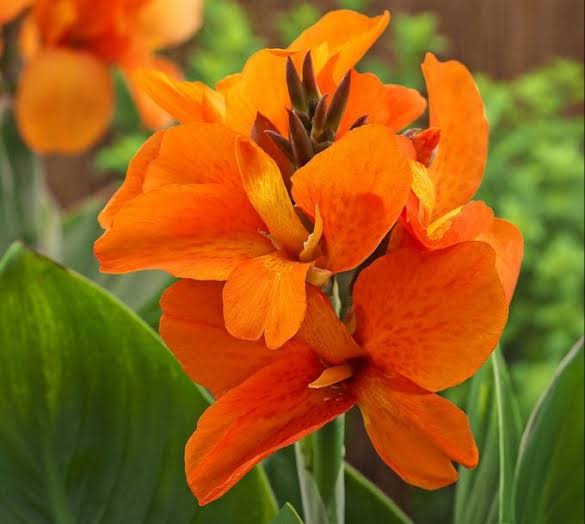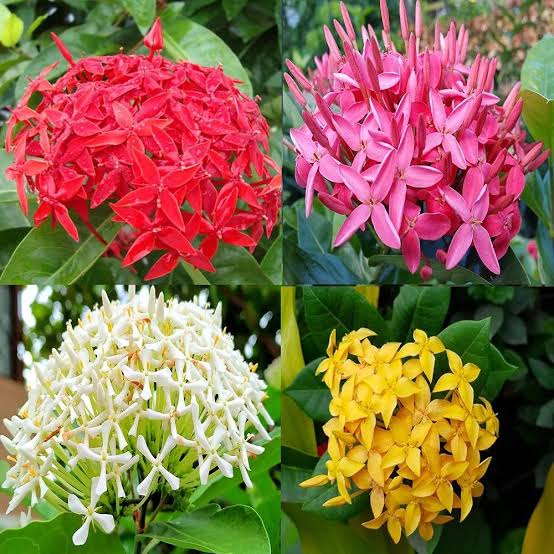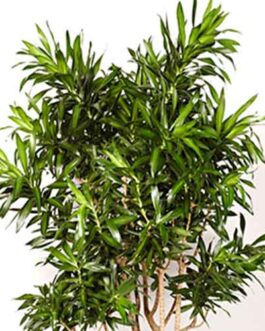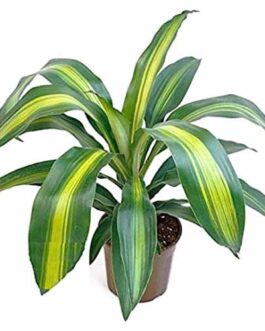Sale!
Ixora ( 3 different varieties)
Original price was: ₹490.₹160Current price is: ₹160.
9 in stock
Ask for more info
Description
Ixora, commonly known as West Indian Jasmine, is a popular ornamental plant known for its vibrant, cluster-like flowers. Here’s a comprehensive guide to understanding and caring for Ixora:
Description
- Foliage: The leaves are leathery, glossy, and dark green, typically oval-shaped. They provide a dense and lush backdrop for the flowers.
- Flowers: Ixora is renowned for its large, colorful flower clusters that come in various shades including red, pink, orange, and yellow. The flowers are small but grouped together to form dense, round clusters.
- Growth Habit: Ixora is a compact shrub that can grow up to 4-6 feet tall, though dwarf varieties are also available.
Care Tips
- Light: Prefers full sun to partial shade. For the best flowering, ensure the plant receives at least 4-6 hours of direct sunlight daily.
- Water: Ixora likes consistently moist soil but does not tolerate waterlogging. Water the plant regularly, allowing the top inch of soil to dry out between waterings.
- Humidity: Thrives in high humidity environments. Mist the plant or use a humidifier if you’re growing it indoors in a dry climate.
- Temperature: Prefers warm temperatures between 65-75°F (18-24°C). Protect from temperatures below 40°F (4°C) as it is sensitive to cold.
- Soil: Prefers well-draining, slightly acidic soil. A mix of peat moss and perlite or sand can help improve drainage and acidity.
- Fertilizer: Feed with a balanced, water-soluble fertilizer every 4-6 weeks during the growing season (spring and summer). Use an acid-loving plant fertilizer to maintain soil acidity.
Propagation
- Cuttings: The most common method is by taking semi-hardwood cuttings in spring or early summer. Dip the cut end in rooting hormone and plant in a well-draining mix.
- Seeds: Can also be propagated from seeds, though this method is slower and less common.
Common Issues
- Pests: Watch for common pests like aphids, spider mites, and mealybugs. Regularly inspect the plant and treat with insecticidal soap or neem oil if necessary.
- Leaf Spot: Often caused by fungal infections due to overwatering or poor air circulation. Remove affected leaves and improve air circulation around the plant.
- Yellowing Leaves: Can indicate nutrient deficiencies, often a lack of iron in the soil. Use an iron-rich fertilizer to address this issue.
Benefits
- Aesthetic Appeal: Ixora’s vibrant and colorful flowers make it a popular choice for gardens, borders, and container planting.
- Attracts Wildlife: The flowers attract butterflies and hummingbirds, adding an element of wildlife to your garden.
- Evergreen: Ixora retains its lush green foliage year-round in warm climates, providing continuous garden interest.
Special Considerations
- Pruning: Prune regularly to maintain shape and encourage bushier growth. Remove spent flowers to promote new blooms.
- pH Sensitivity: Ixora is sensitive to soil pH and thrives best in slightly acidic conditions. Regularly check soil pH and amend as needed.
Only logged in customers who have purchased this product may leave a review.







Reviews
There are no reviews yet.